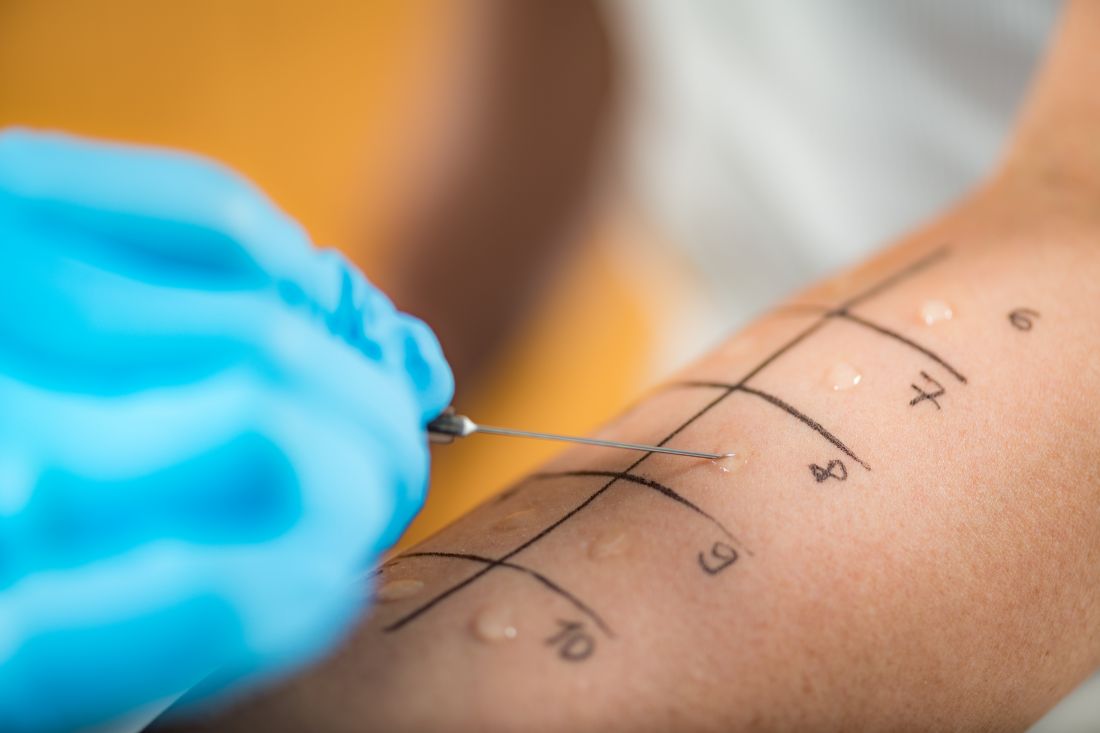Hypersensitivity Reactions

This course provides an in-depth exploration of hypersensitivity reactions and their management in the dental setting, focusing on effectively identifying, preventing, and responding to allergic emergencies.
Hypersensitivity reactions are classified as:
- Type I: Immediate reactions mediated by IgE antibodies, often presenting as allergic rhinitis, asthma, or anaphylaxis.
- Type II: Cytotoxic reactions involving IgG or IgM antibodies, leading to cell destruction.
- Type III: Immune complex-mediated reactions causing tissue damage.
- Type IV: Delayed-type reactions mediated by T cells, such as contact dermatitis.
- Type V: Stimulatory reactions where autoantibodies affect cell receptor activity, seen in Graves' disease.
Dental teams should ensure preparedness by recognising and accommodating different types of hypersensitivity reactions and tailoring treatment plans to avoid known allergens.
Aim
The aim of the learning and teaching materials in this Dentaljuce module is to enable learners to advance their professional knowledge, understanding, and competence in managing hypersensitivity reactions, in alignment with their personal learning goals.
Course objective
- to incorporate current best practices in managing hypersensitivity reactions.
Anticipated learning outcomes:
- Recognise the significance of hypersensitivity reactions in dental practice.
- Understand the pathophysiology and classification of hypersensitivity reactions.
- Identify potential allergens and implement strategies to minimise risk.
- Respond efficiently to allergic emergencies, including anaphylaxis.
- Provide informed care for patients with autoimmune disorders associated with hypersensitivity.
GDC Development Outcomes
This CPD will support the learner in meeting the following GDC Development Outcome(s): C, D.

